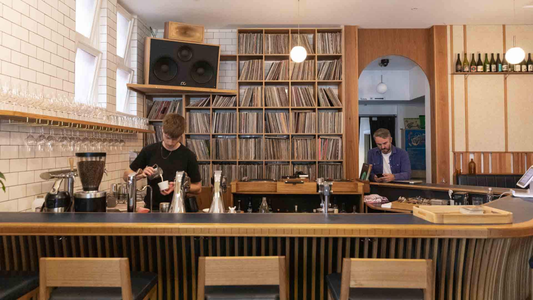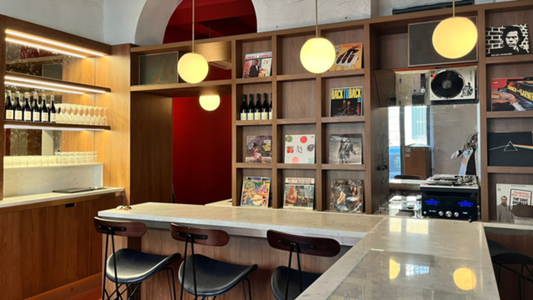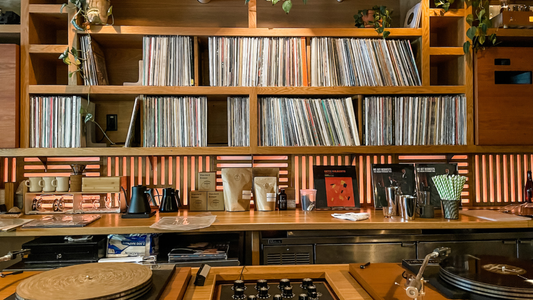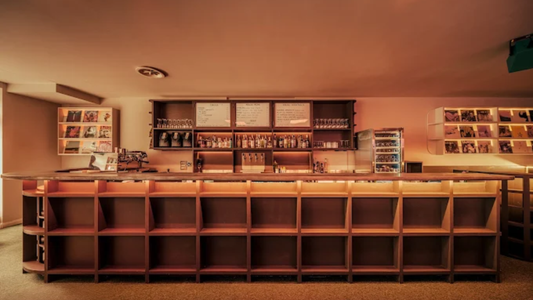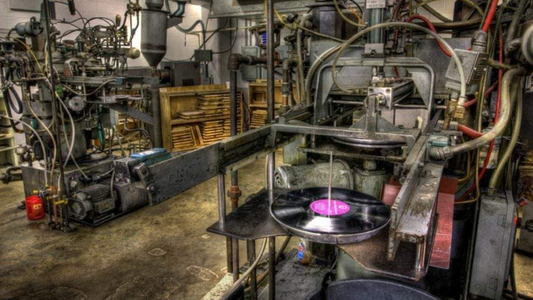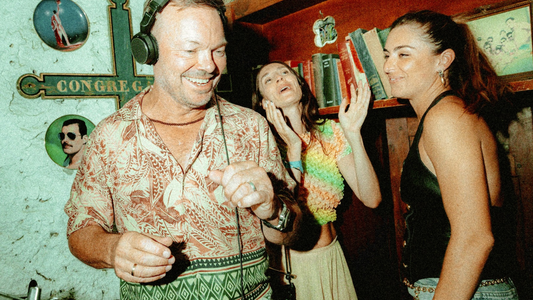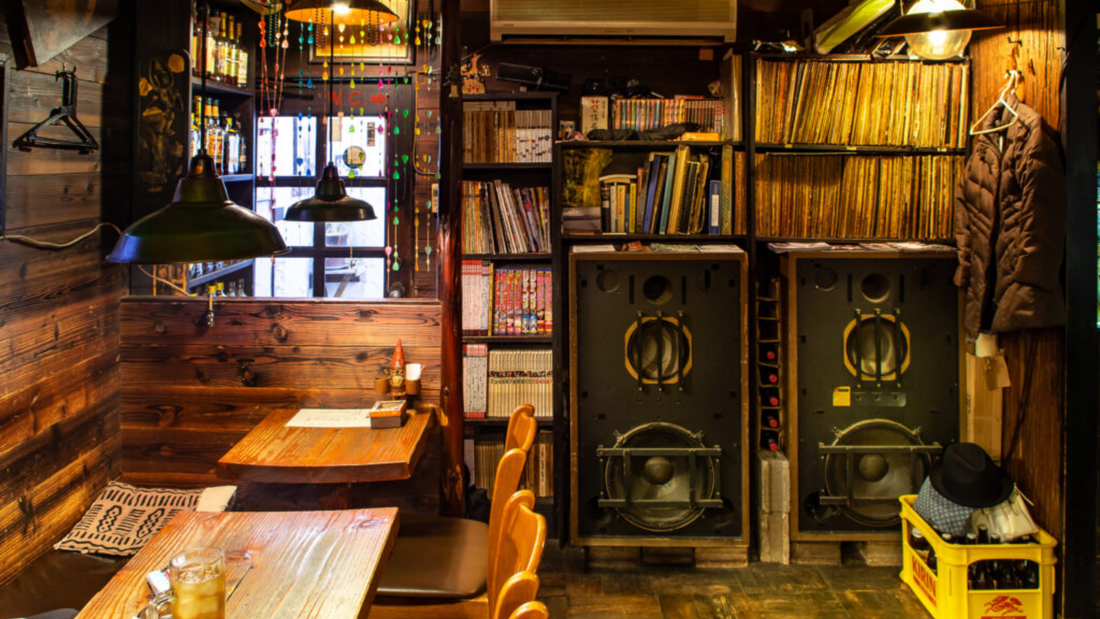
A Beginner’s Guide to the Jazz Kissa
Japan’s postwar cafés where silence, vinyl, and high-fidelity sound taught a generation how to listen.
By Rafi Mercer
The jazz kissa — short for kissaten, meaning café — was one of Japan’s quiet revolutions. After the Second World War, imported jazz records began to circulate, carried back by GIs or shipped in by collectors. Most Japanese listeners couldn’t afford to buy them, or the heavy hi-fi systems needed to play them. So cafés stepped in.
These weren’t casual hangouts. They were temples of sound. A typical kissa was small, dimly lit, and lined with shelves of vinyl. Behind the counter, the owner was curator and priest, choosing which records to play. The systems were formidable: tube amplifiers glowing, Altec Lansing or JBL speakers looming like sculptures, turntables anchored to heavy bases. The sound was immersive, larger than life.
But the most striking feature was silence. Conversation was discouraged, often forbidden. People came not to talk but to listen. Coffee was served, sometimes whisky, but the main ritual was the album. Played from start to finish, at high volume, with reverence. Coltrane’s A Love Supreme, Mingus’ Ah Um, Evans’ Sunday at the Village Vanguard — these became shared experiences, lessons in rhythm, harmony, fidelity.
Over time, each kissa developed its own character. Some specialised in bebop, some in cool jazz, some in free. Some were strict, almost severe, others warmer but still respectful. What united them was the ethic: music first, silence second, everything else after.
For a generation of Japanese listeners, the kissa was an education. You didn’t just hear records; you learned how to listen. You learned that rhythm was more than beat, that silence was part of the music, that fidelity could make you feel like you were in the room with the players.
That ethic is what today’s listening bars inherit. They may be more social, more stylish, more diverse in genre, but they carry the DNA of the kissa. They remind us that music deserves space, that sound can be architecture, that listening is an act of devotion.
If you’ve never been to one, imagine stepping into a café where the chatter is muted, the lights low, and the first thing you notice is the music — not background, but presence. That is the jazz kissa. And once you experience it, you begin to understand why it still matters, decades later, as the origin story of a global listening culture.
Rafi Mercer writes about the spaces where music matters. For more stories from Tracks & Tales, subscribe, or click here to read more.
